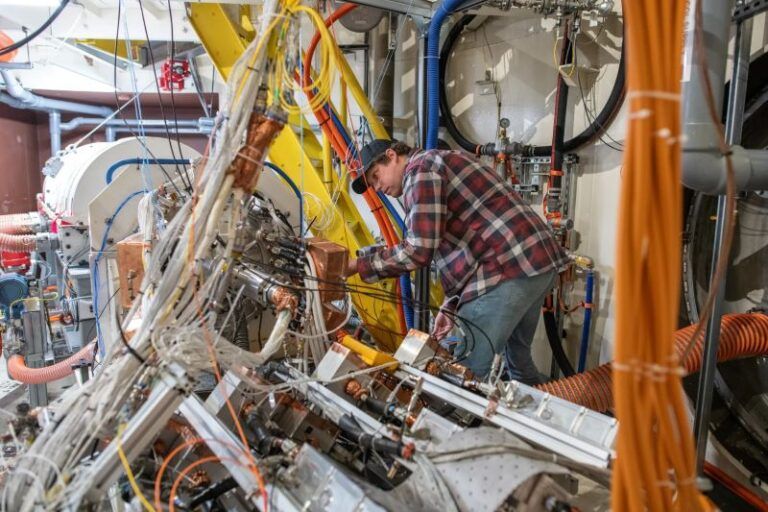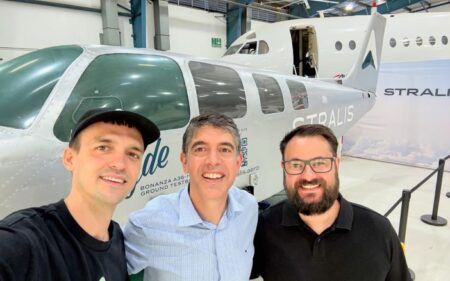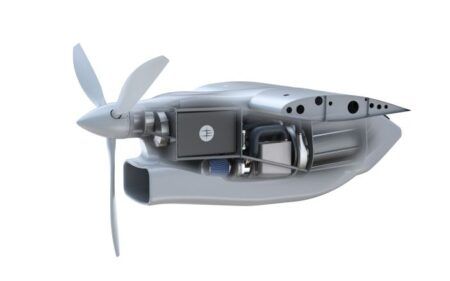NASA has completed the first phase of altitude testing at a simulated 27,500ft for its hybrid-electric aircraft powertrain.
The milestone, completed in April 2024 were done inside an altitude chamber at NASA’s Electric Aircraft Testbed (NEAT) facility, as part of US research agency’s Electrified Powertrain Flight Demonstration (EPFD) project, which launched in October 2021.
EPFD brings together expertise from NASA and industry partners, including Boeing GE Aviation and electric powertrain company magniX to test the feasibility of hybrid electric propulsion for future commercial aircraft.
NEAT, housed within NASA’s Neil Armstrong Test Facility in Sandusky, Ohio, offers a testing environment that simulates the effects of high altitudes so that the performance of electrified aircraft propulsion systems and components can be assessed under realistic flight conditions.
Brad French, lead systems engineer for NASA EPFD said, “The testing at NEAT is critical for high-power electrified aircraft propulsion technologies because many of the potential problems that a design might encounter only present themselves at higher altitudes.
“We do our best to analyze machines through sea-level testing, but nothing compares to actually putting them in the environments they will experience on wing and directly observing how they behave.”
Ground Testing
At higher altitudes, electrified aircraft propulsion systems will be exposed to thinner air and greater temperature shifts that could negatively impact performance.
The initial round of tests focused on investigating the effects of temperature and high voltage on the electric engine when operating at flight levels.
Researchers conducted partial discharge tests, which examine the strength of the system’s electrical insulation, to help minimize risks of failure that might occur due to excess stress on the components.
They also investigated the engine’s thermal management system to better understand how heat is safely and effectively transferred throughout the machine.
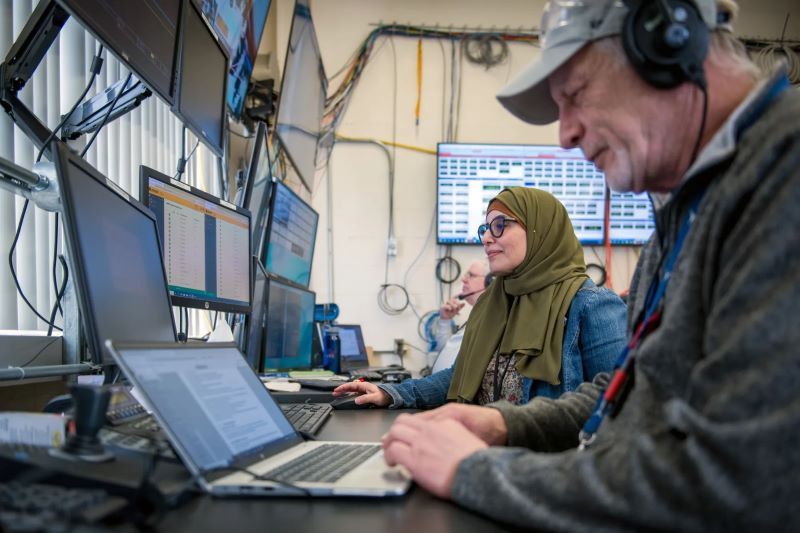
“The development of new technologies is a methodical and incremental process,” French said. “By testing these systems in a controlled environment, we can verify that they operate safely and as expected, or isolate and solve any problems before they pose a significant risk.”
Flight Testing
The next stage of EPFD will see magniX retrofit a De Havilland Dash 7 aircraft with the hybrid electric propulsion system that combines traditional turbo-propellor engines with electric motors.
This vehicle will be used to demonstrate fuel burn and emission reductions in regional aircraft carrying up to 50 passengers.
The company recently completed baseline flight testing of the Dash 7 in Moses Lake, Washington, surveying the state of the aircraft prior to modification.
Data gathered from these flight tests will help the team compare fuel savings and performance boosts with the new electrified system. Modifications to the Dash 7 will next be made in preparation for the hybrid-electric flight tests which are planned for 2026.
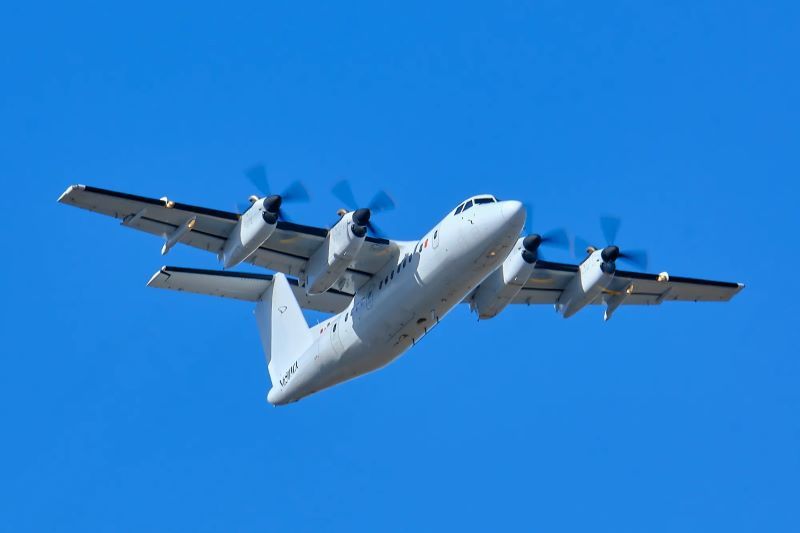
Meanwhile, the next phase of ground tests at NEAT is planned for this summer and will evaluate the hybrid-electric propulsion systems under more extreme flight conditions, including higher power levels and temperatures.
Each round of testing will provide insight to help identify new standards and regulations required for future electrified aircraft.
NASA is working with GE Aerospace to explore other design configurations and approaches for hybridizing commercial aircraft. GE also completed altitude tests of their hybrid electric propulsion system at NEAT in 2022.
NASA, with GE and magniX, are accelerating the development and introduction of electrified aircraft propulsion technologies through NEAT while gathering a rich archive of scientific data.
This will help inform advanced electrified aircraft propulsion system concepts and formulate new research areas and technologies to enable a sustainable aviation future.
This article was written and first published by NASA


